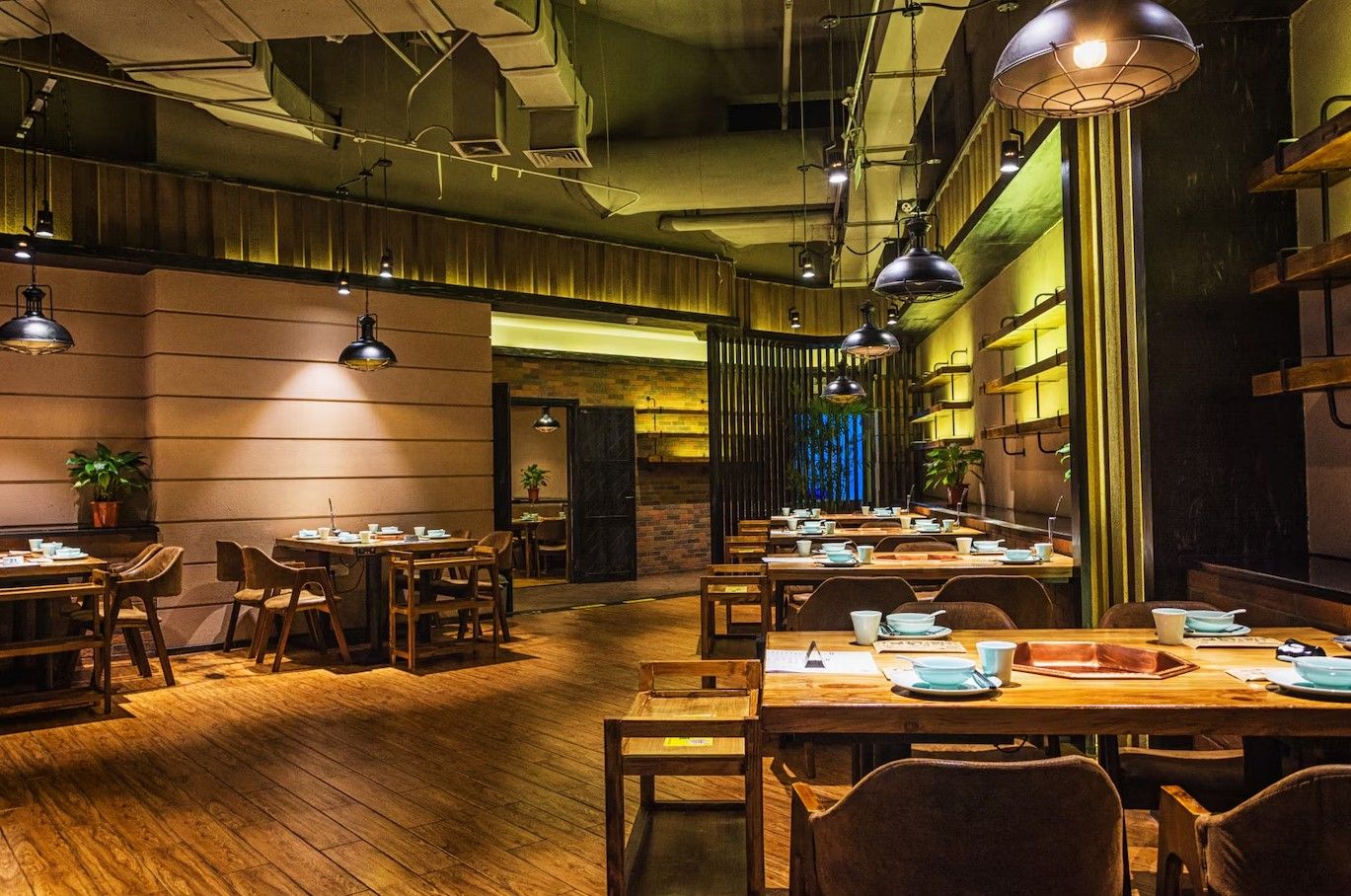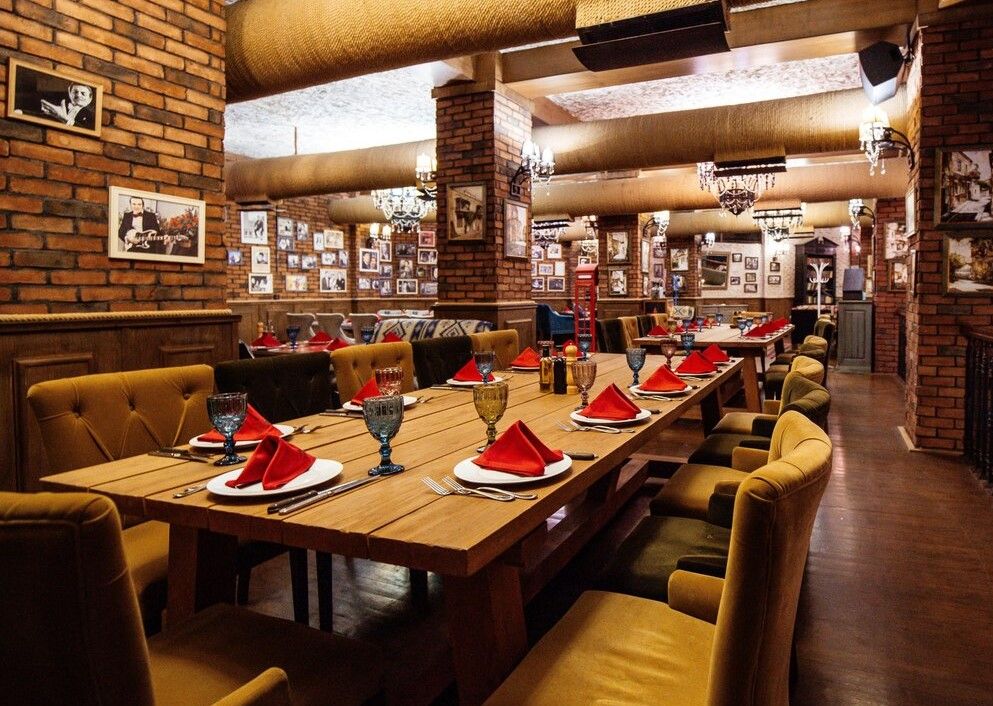Wood flooring for restaurants: is it a good choice

When designing or renovating a restaurant, flooring often becomes a critical consideration. It needs to be practical, durable, and in line with the aesthetic vision of the space. Among the myriad of flooring options available, wood flooring remains a popular choice due to its timeless appeal and ability to elevate the ambiance of any dining establishment. But is wood flooring suitable for restaurants, given their high-traffic and potentially messy environments? Let’s delve into the practicality of wood flooring in restaurants, exploring aspects like durability, maintenance, and aesthetic appeal.
The Aesthetic Appeal of Wood Flooring
Wood flooring is synonymous with warmth and sophistication. It has the unique ability to create a welcoming and cozy atmosphere—an essential factor for restaurants aiming to enhance the dining experience. Depending on the type of wood and finish chosen, it can suit a variety of styles, from rustic bistros to sleek, modern eateries.
Wood’s natural grains and tones bring an organic charm that synthetic materials often fail to replicate. Restaurants that wish to establish a premium or upscale image often lean toward wood flooring because of its association with elegance and quality. Additionally, wood flooring pairs seamlessly with other materials like metal, leather, or glass, offering versatility in interior design.
Durability in a High-Traffic Environment
Restaurants are bustling environments. From the constant foot traffic of guests and staff to the occasional accidental spill, the flooring must withstand significant wear and tear. While wood flooring can be durable, not all types are equally suited for commercial settings. Hardwoods like oak, maple, or hickory are more resilient and better equipped to handle heavy use than softer woods like pine.
Engineered wood flooring is another excellent option. Composed of a hardwood veneer over a plywood base, it offers enhanced stability and resistance to moisture compared to traditional solid wood flooring. This makes it a practical choice for restaurants, where humidity and temperature fluctuations are common.
However, even the most robust wood flooring can suffer from scratches, dents, and stains. Protective measures such as area rugs, felt pads under furniture, and regular maintenance can help mitigate damage and extend the life of the flooring.

Maintenance Requirements
Maintenance is a critical consideration for restaurant owners. While wood flooring is relatively easy to clean, it does require consistent upkeep to maintain its appearance and functionality. Daily sweeping or vacuuming is necessary to remove dirt and debris that can cause scratches. Spills should be wiped up immediately to prevent staining or water damage.
Periodic deep cleaning and resealing are also essential to protect the wood and preserve its finish. Depending on the level of traffic, refinishing may be required every few years. For some restaurant owners, these maintenance demands might be a drawback compared to low-maintenance alternatives like tile or vinyl.
On the plus side, wood flooring can often be sanded and refinished multiple times, which allows for a refreshed look without the need for a full replacement. This long-term advantage can offset the initial higher cost and maintenance efforts.
Safety Considerations
Safety is paramount in any restaurant setting. Wood flooring can pose a risk of slips, especially when wet. To address this, non-slip finishes or mats in high-risk areas like entrances and near the kitchen can be used. Additionally, wood’s ability to retain warmth can make it more comfortable for staff and patrons compared to colder materials like tile or concrete.
Environmental Impact
For environmentally conscious restaurant owners, wood flooring can be an appealing choice. When sourced responsibly, wood is a renewable material with a lower carbon footprint compared to synthetic options. Certifications like FSC (Forest Stewardship Council) ensure the wood is harvested sustainably. Reclaimed wood flooring is another eco-friendly option that adds character and history to the space.
Cost Considerations
The cost of wood flooring varies widely depending on the type of wood, finish, and installation method. While it’s generally more expensive than alternatives like laminate or tile, its longevity and ability to be refinished can make it a cost-effective choice in the long run. Restaurant owners should weigh the upfront investment against the potential savings and aesthetic benefits over time.
Alternatives to Consider
For restaurants that love the look of wood but are concerned about its practicality, there are alternatives worth exploring. Luxury vinyl planks (LVP) and wood-look tiles offer the aesthetic appeal of wood with greater durability and lower maintenance requirements. These materials can mimic the appearance of natural wood while being resistant to water, stains, and scratches—ideal for high-traffic areas.

Conclusion
Wood flooring can be an excellent choice for restaurants, provided its limitations and maintenance requirements are carefully considered. Its aesthetic appeal and ability to create a warm, inviting ambiance are unmatched, making it a favorite among restaurateurs. However, the practical challenges of durability and upkeep should not be overlooked. By choosing high-quality materials, implementing protective measures, and committing to regular maintenance, restaurant owners can enjoy the beauty and benefits of wood flooring while ensuring it stands up to the demands of a bustling dining environment.
In the end, the decision to use wood flooring should align with the restaurant’s overall vision, budget, and operational needs. When chosen thoughtfully, wood flooring can transform a restaurant into a memorable dining destination that keeps guests coming back for more.



